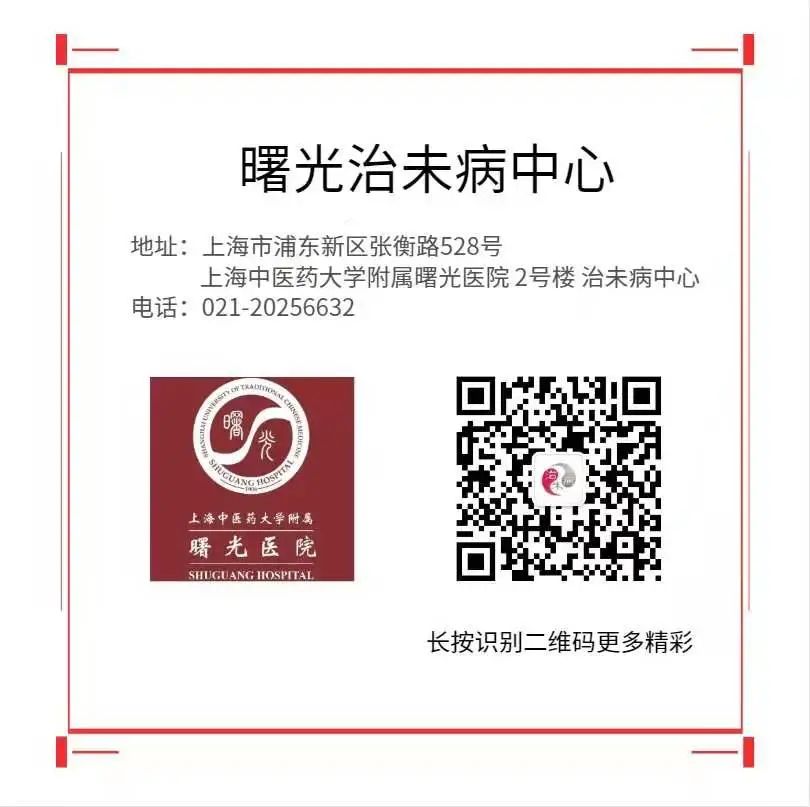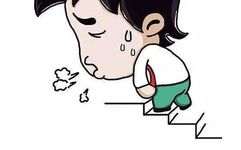Qi
Deficiency
Constitution
Characteristics
Overall Characteristics:
Insufficient vital energy (Yuan Qi), primarily characterized by fatigue, shortness of breath, and spontaneous sweating.
Physical Characteristics:
This constitution often presents with soft and weak muscles.
Psychological Characteristics:
Individuals tend to be introverted and risk-averse.
Adaptability to External Environment:
They are intolerant to wind, cold, heat, and dampness.
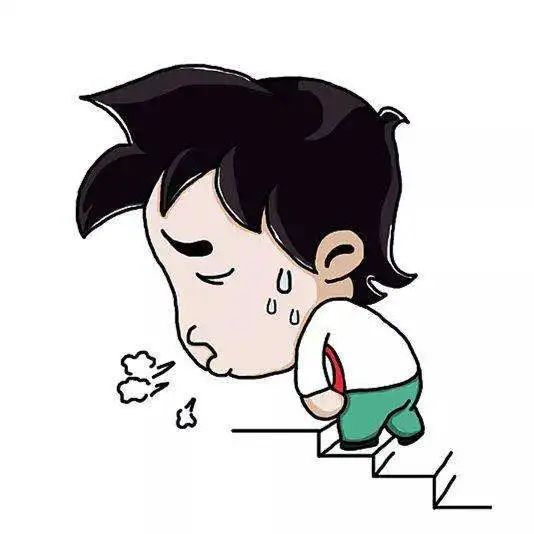
(1) Common Manifestations
Typically, they have a weak voice, shortness of breath, are prone to fatigue, lack energy, sweat easily, feel dizzy, have reduced physical activity, present with a pale red tongue with tooth marks on the sides, and have a weak pulse.
(2) Disease Tendencies
Prone to colds, organ prolapse, etc.; recovery from illness is slow.
(3) Daily Health Maintenance
1. Emotional Regulation
Maintain a stable and optimistic mindset, avoid excessive mental strain. Enjoy upbeat music, such as the flute piece “Joyful Reunion”. Cultivate a broad-minded and optimistic attitude towards life, continuously motivate yourself, and enhance self-confidence. Engage in outdoor activities to appreciate life, such as photography, which can be pleasing and record life’s journey, pursue beauty, express thoughts, and cultivate emotions.
2. Dietary Nourishment
Choose foods that are neutral to slightly warm and strengthen the spleen and Qi, such as rice, millet, pumpkin, carrots, yam, jujube, shiitake mushrooms, lotus seeds, white lentils, soybeans, tofu, chicken, eggs, quail (eggs), and beef. Minimize or avoid foods that deplete Qi, such as betel nut and raw radishes. Avoid excessive consumption of raw, cold, bitter, or spicy foods.
Recommended Dietary Therapy:
(1) Yam Congee: Yam and japonica rice, which has the effect of tonifying the middle and benefiting Qi, suitable for those with Qi deficiency constitution.
(2) Astragalus Chicken: Young chicken and raw astragalus, which has the effect of benefiting Qi and tonifying deficiency, suitable for those with Qi deficiency and spontaneous sweating. This formula is strong in Qi tonification and can be consumed once every two weeks, not suitable for long-term continuous use.
3. Lifestyle Regulation
Individuals with Qi deficiency should maintain a regular lifestyle. In summer, appropriate rest during midday is essential, ensuring adequate sleep, promoting a balance between work and rest, and avoiding excessive labor to prevent damage to the vital Qi. They should avoid exposure to wind when sweating and live in a natural climate environment. In summer, precautions should be taken against intense heat, and care should be taken not to have a significant temperature difference between indoors and outdoors. Those with weak constitutions should be cautious with cold showers. The living environment should use bright warm colors.
4. Exercise and Health Care
Choose gentler traditional fitness activities; avoid vigorous exercise. The anal contraction method can be used to prevent organ prolapse: relax the whole body, focus on the perineum and anal area. First, inhale and contract the abdomen, lift the anus, hold for 2-3 seconds, then slowly relax and exhale, repeating this 10-15 times.
Intervention Plan
1. TCM Constitution Herbal Tea
Ingredients: Ginseng flowers, astragalus, calendula, etc.
Effect: Benefits Qi and strengthens the spleen.
Usage: Brew with an appropriate amount of boiling water and drink as tea.
2.Qi Deficiency Techniques
——Stirring Red Dragon (Breath and Saliva Swallowing Method)
Technique Composition:
Sit upright with palms on knees, clear the mind and breathe steadily;
Press the tongue against the palate and stir frequently, swallowing saliva three times.
Key Points: Sit or stand in a relaxed position, chest in, abdomen out, hands relaxed at the sides or on the legs, relax all muscles, maintain a calm mind, focus on the Dantian, gaze at the tip of the nose, slowly inhale, and exhale after inhaling to the Dantian. Repeat 7 times. Then, rotate the tongue around the gums 360 degrees, first clockwise for 7 circles, then counterclockwise for 7 circles. When the mouth is full of saliva, swallow slowly in three portions.
Key Points: Sit or stand in a relaxed position, chest in, abdomen out, hands relaxed at the sides or on the legs, relax all muscles, maintain a calm mind, focus on the Dantian, gaze at the tip of the nose, slowly inhale, and exhale after inhaling to the Dantian. Repeat 7 times. Then, rotate the tongue around the gums 360 degrees, first clockwise for 7 circles, then counterclockwise for 7 circles. When the mouth is full of saliva, swallow slowly in three portions.
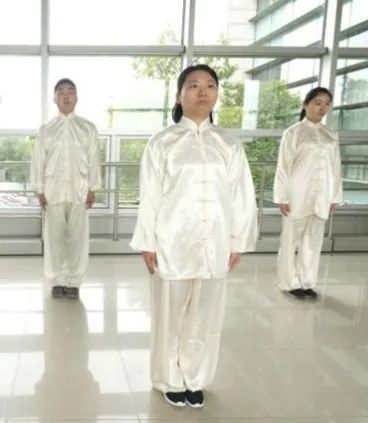
3. TCM Constitution Granules
Ingredients: Astragalus, yam, lotus seeds, etc.
Effect: Benefits Qi, strengthens the spleen, clears the heart, and calms the spirit.
4. TCM Constitution Acupoint Patches
Ingredients: Ginseng, astragalus, Bai Zhu (White Atractylodes), etc.
Acupoints: Qihai (Sea of Qi), Pishu (Spleen Shu), Zusanli (Leg Three Miles).
(Qihai: Lower abdomen, on the midline, 1.5 cun below the navel. Pishu: Back, below the spinous process of the 11th thoracic vertebra, 1.5 cun lateral. Zusanli: Lateral side of the lower leg, 3 cun below the knee joint, on the line connecting the knee and the ankle.)
Usage: Apply each acupoint for 4-8 hours each time, every 2-3 days.
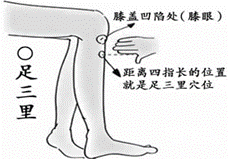
END
